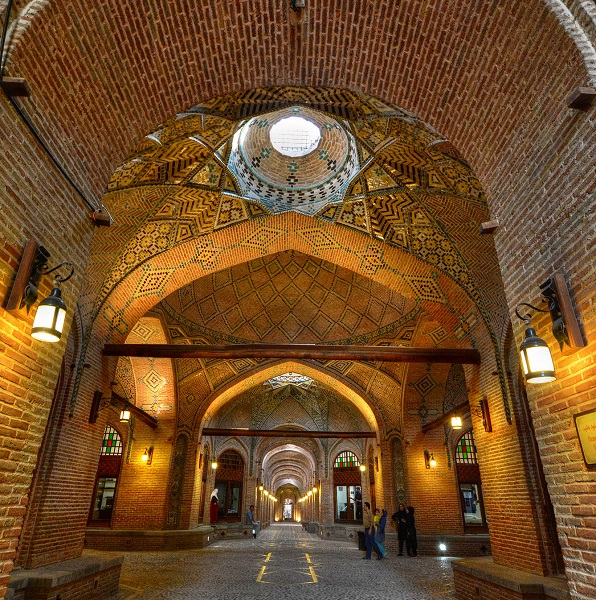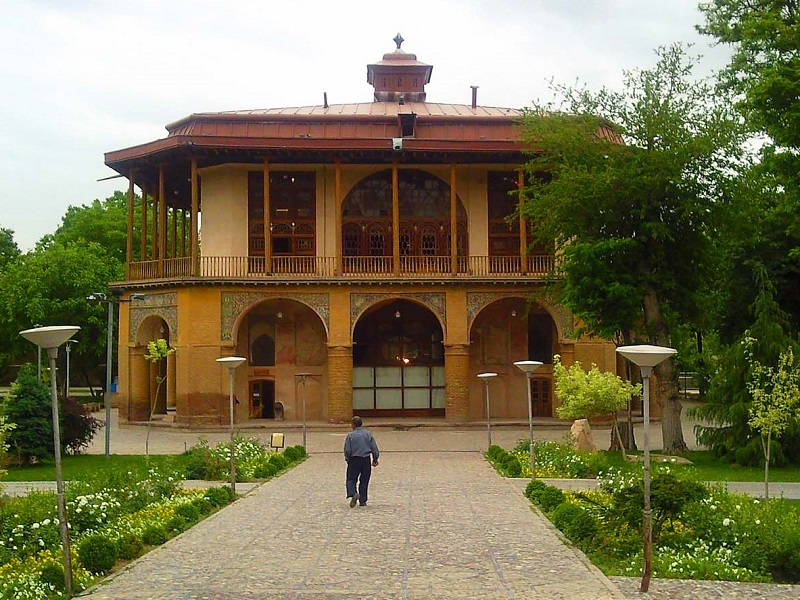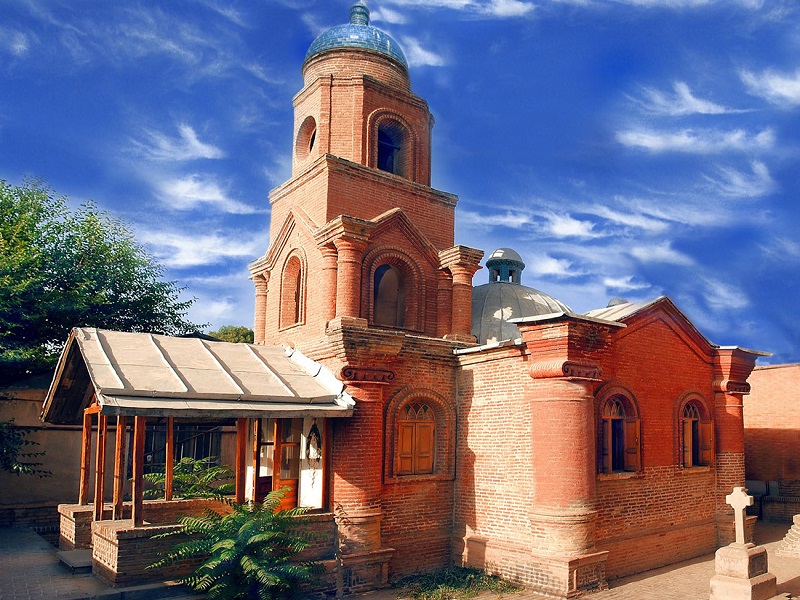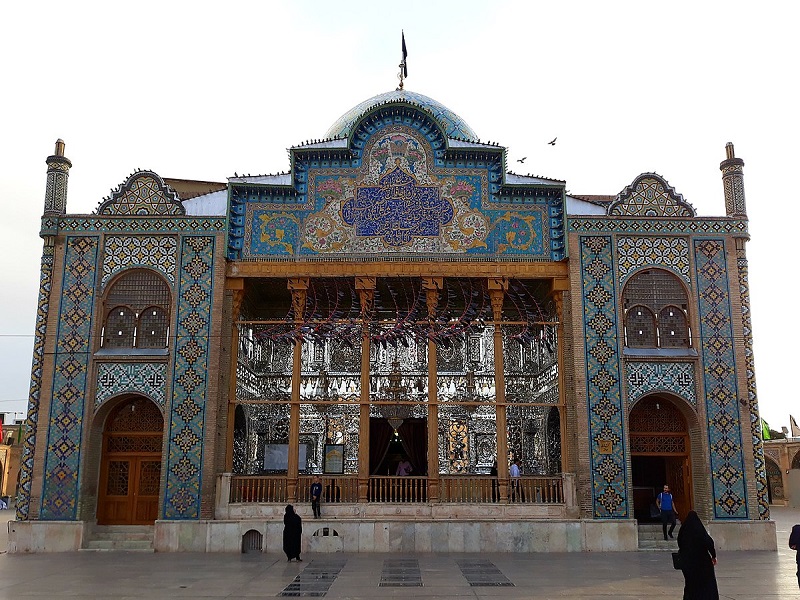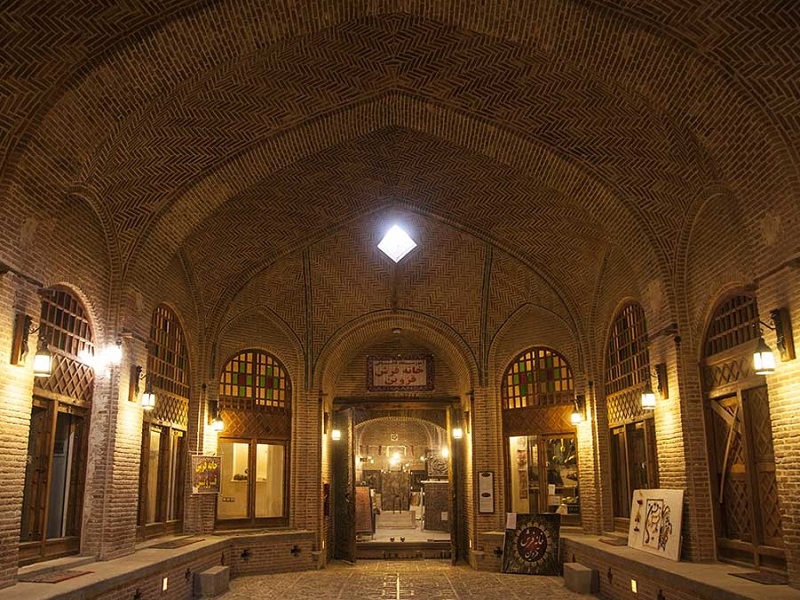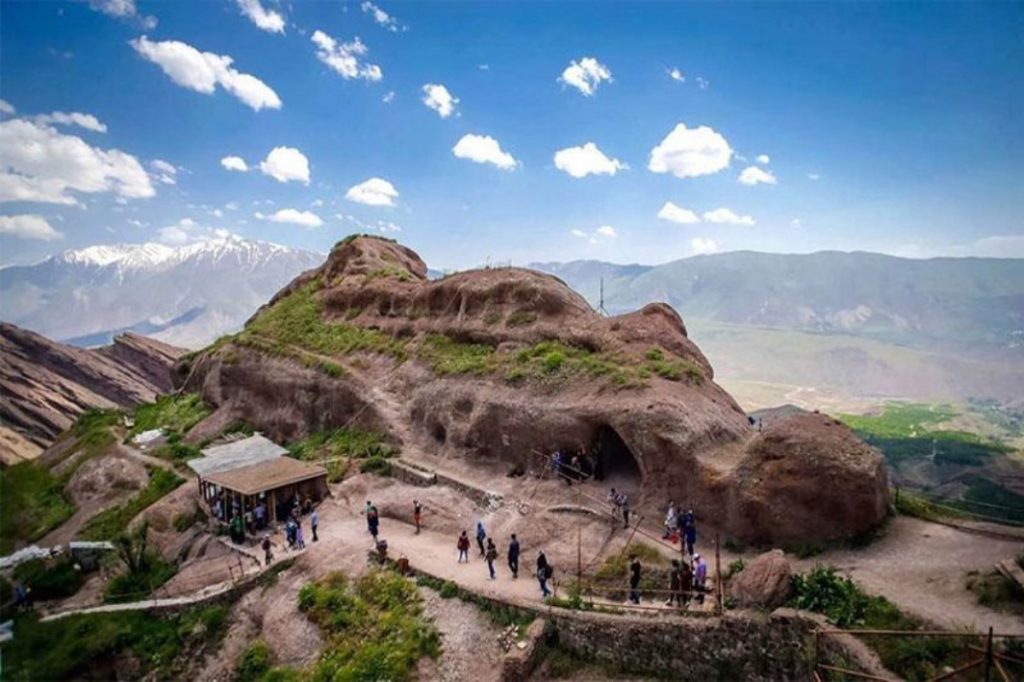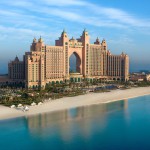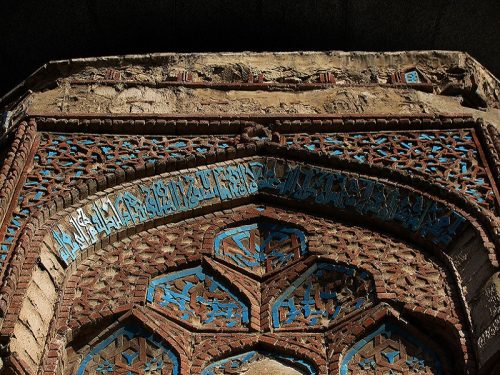Qazvin; The mirror of Iranian history and nature
Qazvin is capital of Qazvin province and it is located in northwest of Tehran. Population of the city was 402,748 (2016). Qazvin was an ancient capital in the Persian Empire and nowadays is known as the calligraphy capital of Iran.
Qazvin province is a region with a great variety of climates. Cold mountainous climate in the northern areas and the southwestern highlands of the province, mild climate in the foothills and slopes, arid to semi-arid climate of central areas of Qazvin plain, tropical humid climate in Shahroud.
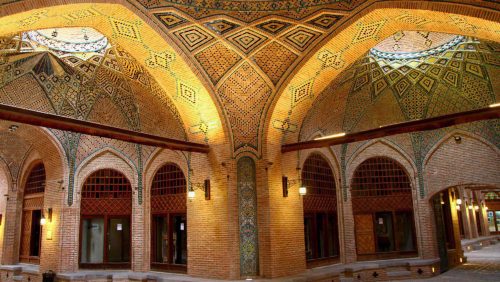
History
Due to discovered evidences, history of residence in the city came back to Median era. Examination of the traces from the south of Qazvin plain indicates that the area was the habitat of human communities in the fourth and fifth millennia BC.
The primary foundation of the city is attributed to Shapur Zulaktaf (the wise king of Sassanid dynasty). He built the city to prevent invasions, construct fortifications and deployed his troop there. Over time, the military base expended and it constituted the core of Qazvin city. The city became the military base of the Arab army operations in the Islamic era. From the end of the fifth century AH until the invasion of the Holaco khan to the Ismaili Castles, Qazvin land was affected by events related to the Ismaili Movement of Hasan Sabah and his successors. In Safavid era and during the reign of Shah Tahmasb, Qazvin became the capital, the city flourished and became more prestigious and numerous monuments were built there. Eventually, Shah Abbas I moved his capital to Isfahan.
In the late Qajar era, Reza Khan Mirpanj (founder of the Pahlavi dynasty), has an important meeting with British envoy at the Grand Hotel Qazvin, which was the prime step of coup to overthrow of the Qajar dynasty.
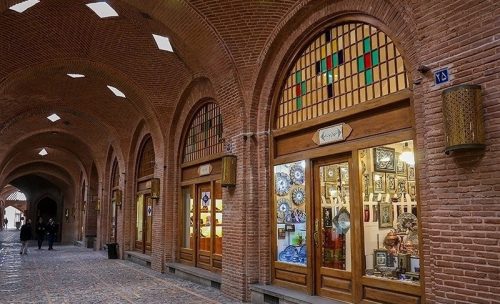
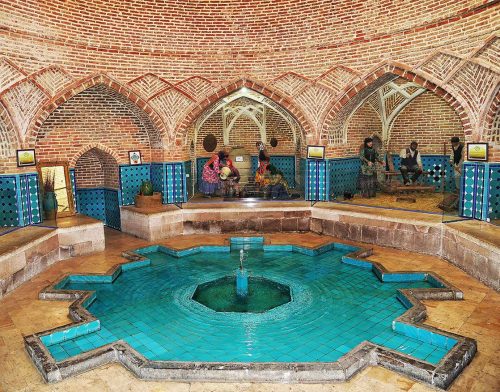
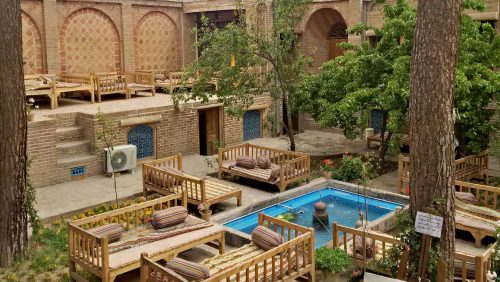
Alamut
Alamut (means “eagle’s nest”) is a region in Qazvin province, near the Qazvin city. The Alamut Mountain (which is a ruined mountain fortress) is located in this region and it used to be a strategic castle. The castle has used by Hassan Sabah as a military base of Ismaili cult, it was the site of intense religious activity.
The foremost characteristic of this castle was its impenetrability.
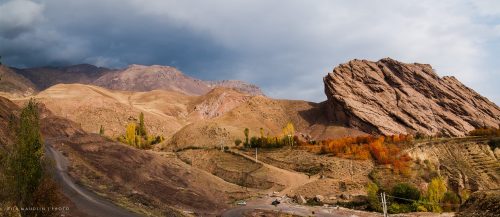
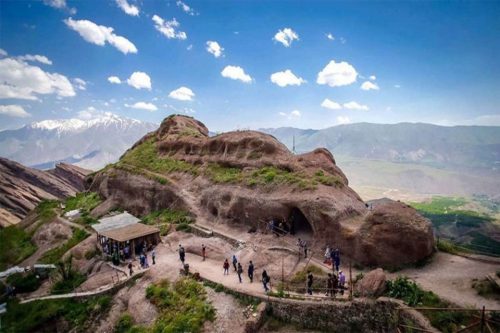
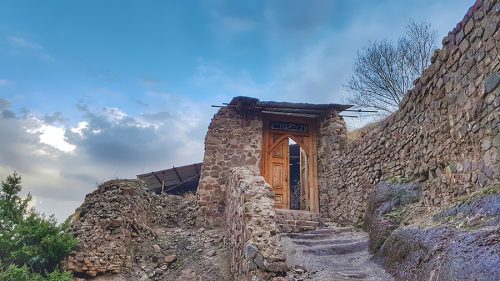
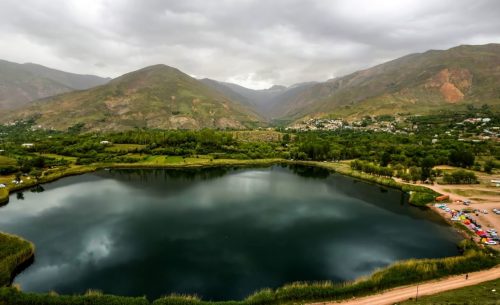
National Heritage List of Iran
Qazvin province is one of the historical and ancient provinces of Iran and has a history of 9,000 years of settlement and civilization and holds more than 9% of Iran’s national monuments.
- Population: 402,748 (2016)
- Pre phone number: +9828
- Time zone: Time zone UTC+03:30 (IRST) - Summer (DST) UTC+04:30 (IRDT)
